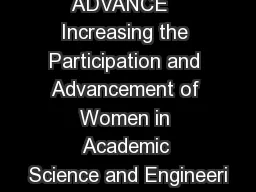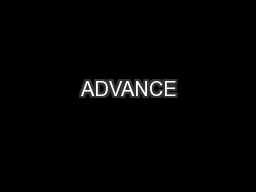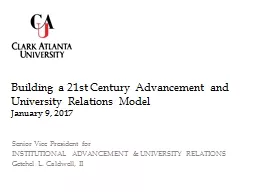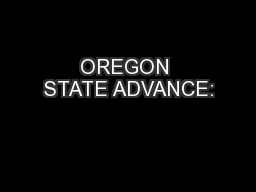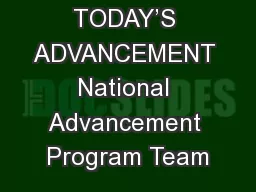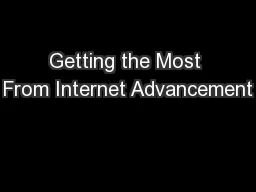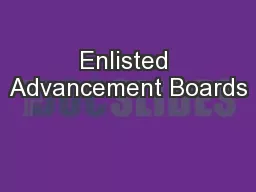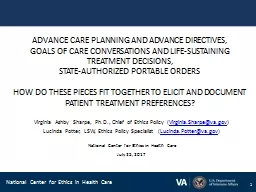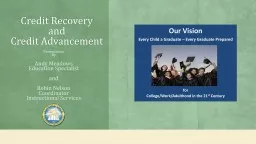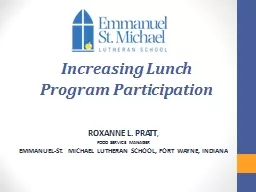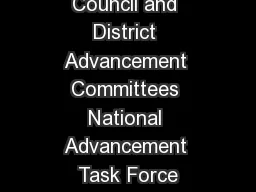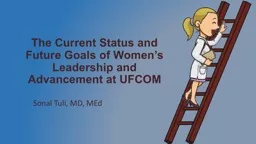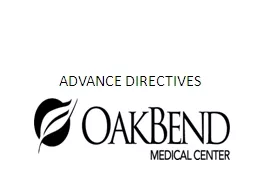PPT-ADVANCE Increasing the Participation and Advancement of Women in Academic Science and
Author : danika-pritchard | Published Date : 2018-11-10
A CrossFoundation Program at the National Science Foundation Departure from prior programs with goals related to increasing numbers of women in academics 1980 to
Presentation Embed Code
Download Presentation
Download Presentation The PPT/PDF document "ADVANCE Increasing the Participation a..." is the property of its rightful owner. Permission is granted to download and print the materials on this website for personal, non-commercial use only, and to display it on your personal computer provided you do not modify the materials and that you retain all copyright notices contained in the materials. By downloading content from our website, you accept the terms of this agreement.
ADVANCE Increasing the Participation and Advancement of Women in Academic Science and: Transcript
Download Rules Of Document
"ADVANCE Increasing the Participation and Advancement of Women in Academic Science and"The content belongs to its owner. You may download and print it for personal use, without modification, and keep all copyright notices. By downloading, you agree to these terms.
Related Documents

